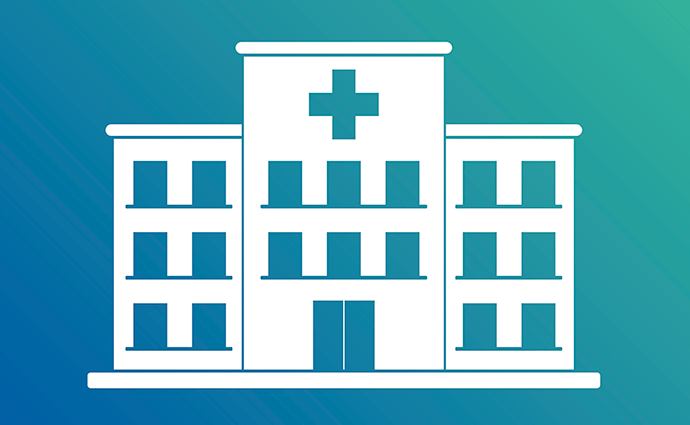Private Payer COVID-19 Reimbursement Rates Are Twice Medicare Rates
Even with the 20 percent boost in Medicare payments from the CARES Act, payers pay 1.8 to 2.1 times the Medicare rate for services related to coronavirus treatment.

Source: Thinkstock
- Private payers are paying far more for coronavirus-related healthcare services than Medicare, a recent Kaiser Family Foundation brief discovered.
“Private insurance payments for inpatient services vary based on several factors, most notably hospitals’ market power relative to that of insurers. In contrast, reimbursements in traditional (fee-for-service) Medicare depend on a set of federal policies and formulas,” the brief explained.
Inpatient services are divided into “diagnosis-related groups” which receive a price based on the resources needed for these treatments. Resources that payers and providers usually take into account during price-setting include labor costs, case mix, and comorbidities.
The brief compared private payer and Medicare reimbursement rates for respiratory conditions using 2017 data to assess the degree to which private payers might be overpaying for coronavirus-related services. Notably, the data does not incorporate the effects of the Coronavirus Aid, Relief, and Economic Security (CARES) Act’s 20 percent increase on Medicare reimbursement for the public health emergency period.
While the 20 percent increase in Medicare reimbursement may narrow the gap between Medicare and private payer reimbursement rates for coronavirus-related conditions, the researchers stressed that the gap remains the same for non-coronavirus conditions. This is particularly critical information as patients return to hospitals to receive deferred care.
The researchers looked at three COVID-related categories of respiratory diagnoses: respiratory condition with a ventilator for more than 96 hours, respiratory condition with a ventilator for less than or equal to 96 hours, and respiratory infections.
In every case, private payers were paying more than double the Medicare reimbursement rate. More specifically, in 2017, payers would have paid about 2.1 to 2.5 times more than Medicare. Taking into account the 20 percent reimbursement boost in Medicare, private insurance still likely ended up paying about 1.8 to 2.1 times the Medicare rate for coronavirus services.
There were seven other conditions not related to coronavirus that researchers observed. For four out of the seven, private insurance paid a minimum of $10,000 more than Medicare. For the other three conditions, private payer rates were also higher by around $5,000.
That being said, the researchers stressed that private payer prices varied widely across the spectrum of conditions studied.
There was a significant gap between the rates that private payers paid. The payers that paid higher than 75 percent of their private competitors tended to spend 1.7 to 2.6 times what their competitors paid in the bottom spending quartile.
Medicare rates, in contrast, saw very little fluctuation in reimbursement levels. Reimbursement rates at the higher end of the spectrum were only 1.3 to 1.4 times the less expensive payment rates.
“The substantially larger variation in payment rates paid by private insurers suggests that geographic differences in labor costs and patient severity alone may not fully explain variation in private payment rates,” the researchers stated.
“Instead, much of the literature suggests that variation in private insurers’ payments is better explained by local market dynamics, including the degree of hospital consolidation.”
Payment rates escalated for private payers from 2014 to 2017, the data revealed. Reimbursement rates increased between 9.3 percent and 22.4 percent during that time. Meanwhile, Medicare rates increased closer to inflation rates, which were 3.5 percent at the time, or even decreased.
Payment increases for private payers between 2014 to 2017 were not restricted to coronavirus-related conditions. Payments for the seven conditions not related to coronavirus also rose by about two times the inflation rate.
The results are in concert with previous studies that have demonstrated the role of market share and hospital consolidation in payer-provider reimbursement negotiations.
“If the coronavirus pandemic leads to even greater hospital consolidation, hospitals may gain even greater leverage to demand higher prices from private insurers, further widening the difference between private and Medicare payment rates, and increasing premiums and other costs for people with private insurance.”
The researchers suggested that instituting a public option, such as Colorado’s, could be an answer to this. Another option could be earlier enrollment into Medicare, leading to lower payment rates but also less revenue for providers.
